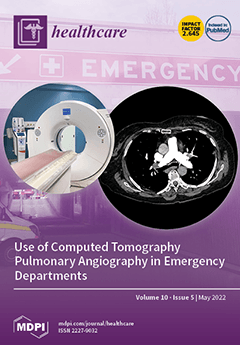Aim: To estimate the differences in the maxillary arch morphology in buccal and palatal canine impaction in an Asian population of Gujarati origin. Methodology: An institutional ethics committee’s approval was acquired before the commencement of this study. Sixty subjects were enrolled in the study. Thirty subjects (20 females and 10 males) had a maxillary impacted canine either buccal or palatal and thirty control group participants were selected aged 13 to 18 years who sought orthodontic treatment at the tertiary health care center in Ahmedabad, Gujarat, in western India. Routine pre-treatment radiographs and dental plaster models with good anatomic details were recorded. Measurements of the inter-molar width, palatal depth, arch length, sum of the mesio-distal width of the upper incisors, and available arch space were recorded from prepared orthodontic study models using digital vernier calipers with an accuracy of 0.01 mm and brass wire. The ratio of palatal depth to inter-molar width (Ratio 1), arch length to inter-molar width (Ratio 2), and width of the maxillary incisors to available arch space (Ratio 3) were also secondarily calculated. Data were analyzed using Statistical Package for Social Sciences (SPSS) version 21, IBM Inc. The normality of the data was assessed by the Shapiro–Wilk test. As the data was found to be normally distributed, bivariate analyses were also performed (one-way ANOVA test, Bonferroni post hoc correction). The level of statistical significance was set at a
p-value less than 0.05. Results: The comparison of the inter-molar width, palatal depth, arch length, sum of the mesio-distal width of the upper incisors, available arch space, Ratio 1, Ratio 2, and Ratio 3 among controls and subjects with buccal and palatal canine impaction showed overall significant differences in the inter-molar width, palatal depth, arch length, sum of the mesio-distal width of the upper incisors, and available arch space when compared using one-way ANOVA as
p < 0.05. Ratios 1, 2, and 3 also showed significant differences between the buccal and palatal canine impaction. Conclusion: An inadequate arch length (
p < 0.0001) and a higher degree of crowding with reduced available arch space (
p < 0.0001) may be considered as early risk factors for buccal maxillary canine impaction. An inadequate inter-molar width (
p < 0.0001), and an increased palatal depth (
p < 0.0001) with a clinically reduced mesiodistal width of the sum of maxillary incisors may be considered as risk factors for palatal maxillary canine impaction in an Asian population of Gujarati origin.
Full article






